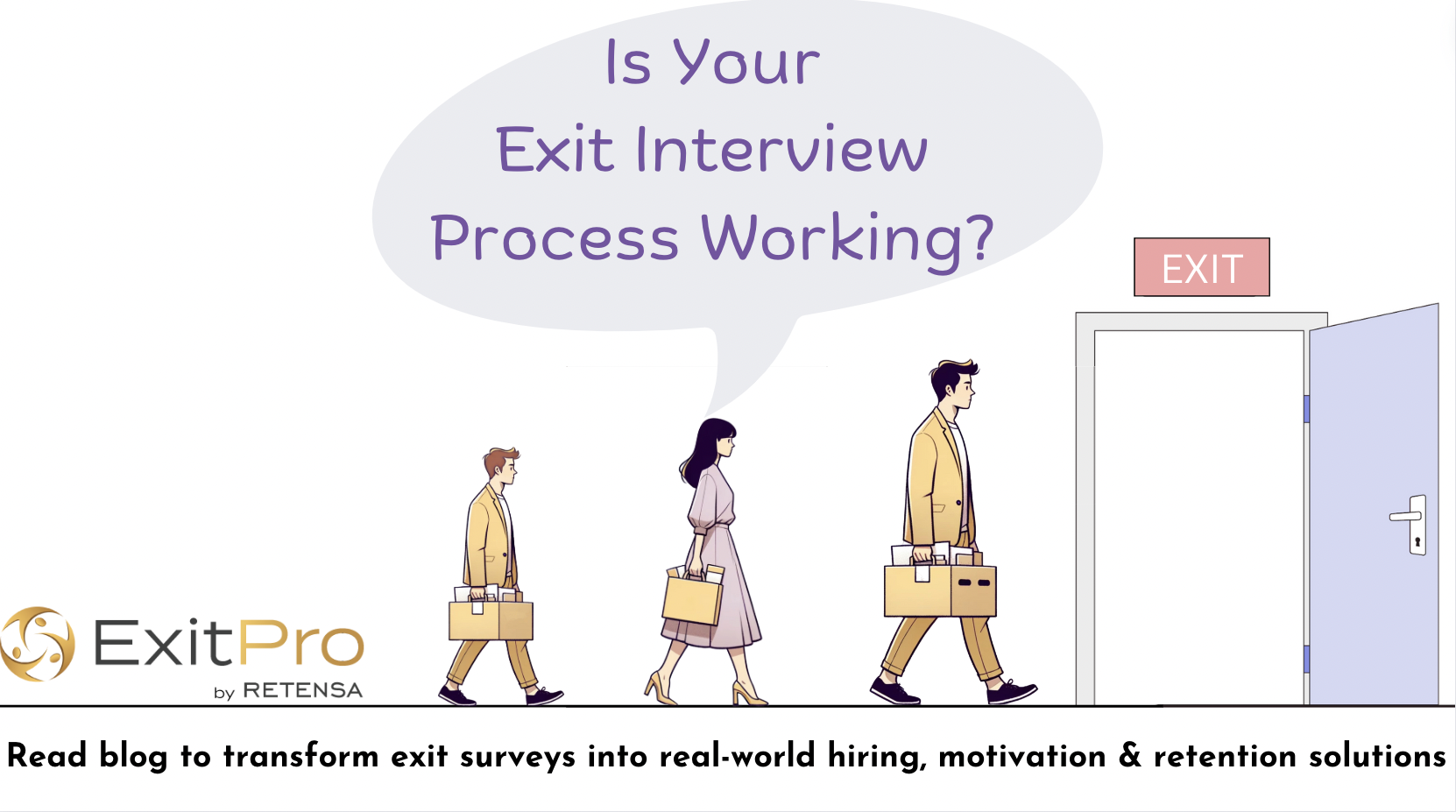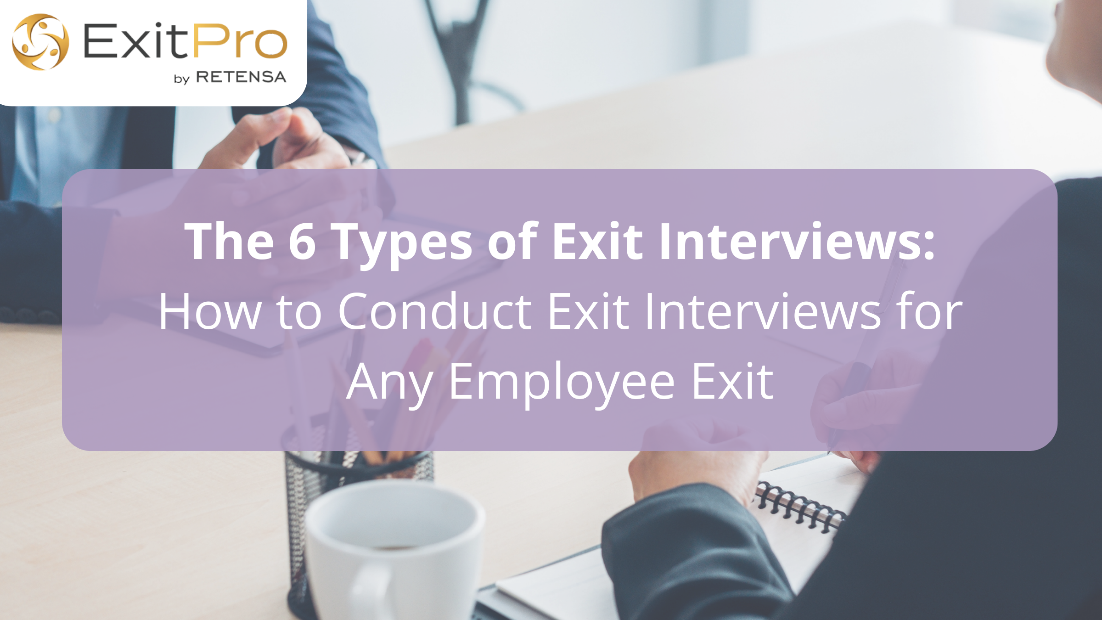In the wake of the pandemic, employees across various industries have been sharing their stories about their work experiences and what led to them quit quietly. This phenomenon has prompted employers to delve into the causes and consequences of quiet quitting by utilizing tools such as employee exit interviews and pulse surveys.
What is Quiet Quitting?
Quiet quitting has become a major topic of discussion, highlighting shifting attitudes toward work. It refers to employees performing only the minimum required tasks outlined in their job descriptions, rather than going above and beyond. A 2022 Gallup poll estimates that quiet quitters make up at least 50% of the U.S. workforce. This trend accelerated post-pandemic as job cuts and heavier workloads left employees feeling overburdened and undervalued.
It’s important to note that quiet quitting doesn’t mean physically leaving a job. Instead, it refers to employees fulfilling their job responsibilities without taking on additional tasks or exceeding their role’s expectations. For instance:
- Opting out of optional meetings or projects.
- Declining additional responsibilities or extra hours.
- In severe cases, disengaging from team dynamics or shifting work to others.
These behaviors stem from disengagement and often lead to demotivated teams, reduced productivity, and eventually, the loss of top talent.
Why does Quiet Quitting occur?
According to SproutSocial, the top reasons employees gave for quiet quitting include:
1. Wage Cuts and Threat of Layoffs:
During the pandemic, employees faced job insecurity, heavier workloads, and no additional compensation, leading to frustration and burnout.
2. Blurred Work-Life Boundaries:
Hybrid and remote work environments make it challenging to set boundaries, with many employees feeling pressured to work beyond business hours.
3. Lack of Opportunities for Advancement:
Companies that fail to allocate budgets for raises and promotions risk alienating high-performing employees, leaving them feeling unappreciated.
4. Pay Inequities Between New and Current Employees:
Remote work has increased competition for talent, sometimes resulting in new hires earning more than experienced team members.
5. Poor Managerial Relationships:
Unclear expectations, lack of feedback, or dismissive behavior from managers can erode trust and teamwork.
6. Misaligned Company Culture
Discrepancies between a company’s stated values and its actions leave employees feeling disillusioned and disconnected.
If organizations fail to address these challenges, they risk perpetuating disengagement and losing valuable talent.
How can we mitigate the impact of Quiet Quitting?
While quiet quitting isn’t a problem that can be solved overnight, proactive measures can significantly improve workplace engagement. Here are some proven strategies:
The most effective steps to minimize quiet quitting include:
1. Foster Open Communication
Communication is key to addressing disengagement. Employees who feel unheard are more likely to disengage. Direct conversations between managers and employees can clarify expectations and uncover issues. Chason Hecht, founder of Retensa, recommends asking:
1) Why did you join?
2) Why have you stayed?
3) Do you still want that?
2. Recognize and Reward Efforts
Simple gestures of recognition, such as verbal gratitude or acknowledgment in meetings, go a long way in boosting morale. Recognition differs from rewards by emphasizing appreciation over tangible incentives. Publicly highlighting an employee’s contributions can also foster stronger team connections.
3. Offer Flexible Work Arrangements
Job flexibility is increasingly important to employees, often outweighing salary considerations. Establishing clear boundaries and understanding individual needs can help prevent burnout while maintaining productivity.
4. Equip Managers with the Right Tools
According to SHRM, two leading causes of employee disengagement are poor leadership and limited career growth. Providing managers with tools like climate surveys, pulse surveys, and eSuggestion Boxes enables them to gather valuable insights. These tools help managers identify and address areas of concern, creating a culture of trust and collaboration. For example, having leadership send a climate survey or culture pulse to managers and employees on their team will give them a good scope of what is going on and where a disconnect could be happening. Asking carefully crafted exit interview questions is an excellent way to gain insight. An eSuggestion Box is a modern way to capture feedback and channel conversations to the relevant individuals.
Collaboration between employees and managers, without fear of retaliation, allows managers to gain a better understanding of their team’s needs, while individuals feel heard. Companies like HubSpot have successfully tackled quiet quitting by prioritizing employee engagement. By implementing flexible schedules and transparent communication channels, they fostered a supportive work environment, leading to a 96% employee retention rate. Similarly, Salesforce introduced mental health days and wellness resources, demonstrating a commitment to employee well-being.
Employee Retention Idea:
Start Employee Retention Strategies Here
Quiet quitting leads to unfulfilled workers, lower productivity, profit loss, higher staff turnover, and disengaged work culture. Leaders and managers can mitigate the impact with action. However, addressing these deep cultural issues requires a process of organizational change that incorporates multiple talent insights and action paths. Investments in talent initiatives compound to create a stronger foundation upon which every employee can thrive.
One critical way to track and measure change is to capture feedback across the employee lifecycle with employee pulse surveys and employee exit interviews. These tools provide targeted business intelligence, allowing management to identify common themes, areas for improvement, and prioritize action plans to create an engaged and motivated workplace.
References (MLA Format):
- Academic.oup.com, https://academic.oup.com/sw/advance-article-abstract/doi/10.1093/sw/swac051/6835787?login=true.
- Harter, Jim. “Is Quiet Quitting Real?” Gallup.com, Gallup, 21 Nov. 2022,
https://www.gallup.com/workplace/398306/quiet-quitting-real.aspx. - Picchi, Aimee. “‘Quiet Quitting’: A Revolution in How We Work or the End of Working Hard?” CBS News, CBS Interactive, 24 Aug. 2022,
https://www.cbsnews.com/news/what-is-quiet-quitting/. - Smith, Aubree. “What Is Quiet Quitting and What Managers Should Know.” Sprout Social, 12 Dec. 2022,
https://sproutsocial.com/insights/quiet-quitting/. - “WorkingBetterNow with Chason Hecht – Cmbat Quiet Quitting in a Remote Environment.” YouTube, uploaded by Work Better Now, 16 Nov. 2022, https://www.youtube.com/watch?v=Nkp_kwF769E
- Lockie, Max. “Sign Up.” LinkedIn, LinkedInNews, Aug. 2022,
https://www.linkedin.com/posts/linkedin-news_leadership-development-activity-6967593664978022400-TDGE/?utm_source=share&%3Butm_medium=member_desktop. - Gurchiek, Kathy. “Report: HR Pros Rank Top Reasons for Turnover.” SHRM, 18 Nov. 2022,
https://www.shrm.org/hr-today/news/hr-news/pages/report-hr-pros-rank-top-reasons-for-turnover.aspx. - SHIRM. “New SHRM Research: Is ‘Quiet Quitting’ Affecting Your Workplace.” SHRM, 15 Sep 2022,
https://shrm.org/about-shrm/press-room/press-releases/Pages/New-SHRM-Research-Is-Quiet-Quitting-Affecting-Your-Workplace.aspx?_ga=2.40972395.813290930.1675270614-1443078088.1668134245. - Future of Talent Retention: Understanding Why Employees Leave and Why They Stay
- Quiet Quitting: What Managers Should Know | Sprout Social
- Element 4 Recognition and Praise | Gallup Topic
- Do You Really Know Why Employees Leave Your Company?




